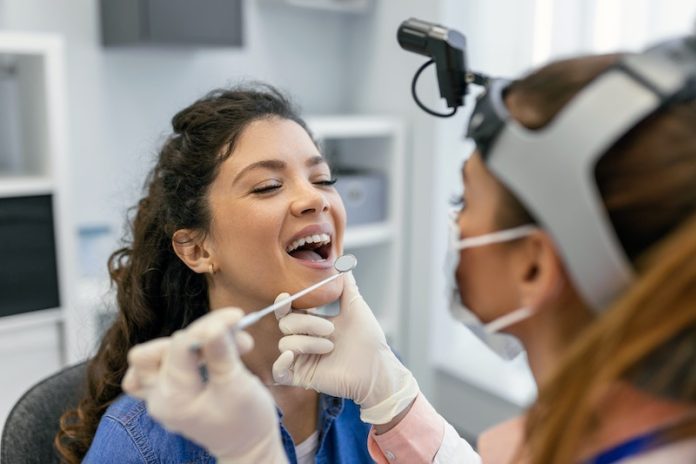
A practice rooted in traditional Chinese medicine for over 2,000 years—examining the human tongue for signs of disease—is experiencing a remarkable revival, thanks to computer scientists harnessing the power of machine learning and artificial intelligence (AI).
This innovative approach to disease detection through tongue analysis is gaining traction worldwide, particularly in the context of remote health monitoring.
A recent study conducted by engineers from Middle Technical University (MTU) in Baghdad and the University of South Australia (UniSA) demonstrates the impressive accuracy of AI-driven tongue diagnostics in identifying diseases, paving the way for accessible and effective remote healthcare.
The Renaissance of Tongue Diagnosis
While tongue diagnosis has been practiced in traditional Chinese medicine for millennia, its integration with modern technology marks a significant advancement.
The MTU and UniSA study utilized a USB web camera and a computer to capture tongue images from 50 patients with conditions such as diabetes, renal failure, and anemia.
These images were then compared to a database of 9,000 tongue images.
Through sophisticated image processing techniques, the researchers achieved a remarkable accuracy rate of 94% in correctly diagnosing diseases compared to traditional laboratory results.
Remote Health Monitoring
One of the driving forces behind the resurgence of tongue diagnosis is the growing demand for remote health monitoring, particularly in the context of global health crises like the COVID-19 pandemic.
Remote diagnostics using AI and camera technology offer a safe, efficient, painless, and cost-effective means of assessing a patient’s health without the need for physical presence at healthcare facilities.
As access to health centers may be compromised during emergencies, this technology becomes increasingly relevant.
Tongue Diagnosis in Action
The color, shape, and thickness of the tongue can reveal vital signs of various health conditions.
For instance, diabetes patients often exhibit a yellow tongue, while cancer patients may present with a purple tongue accompanied by a thick greasy coating.
Acute stroke patients may show a red tongue that is occasionally crooked.
A study conducted in Ukraine in 2022 analyzed tongue images of COVID-19 patients via smartphones, with results indicating distinct tongue color changes associated with the severity of the infection.
Promising Potential
The potential of AI-driven tongue analysis extends beyond diagnosing a single condition.
Studies have shown that it is possible to diagnose more than ten diseases with visible changes in tongue color, achieving a diagnostic accuracy of 80% or higher.
While the MTU and UniSA study focused on three diseases, achieving a 94% accuracy rate, ongoing research aims to further refine this technology.
As this innovative field continues to evolve, it has the potential to transform healthcare by offering reliable and accessible disease diagnosis through the simple act of examining the tongue.
Conclusion
The convergence of ancient wisdom and cutting-edge technology is ushering in a new era of healthcare diagnostics.
AI-powered tongue analysis, grounded in traditional practices, is proving to be a powerful tool for identifying a range of diseases.
Its non-intrusive and remote capabilities make it especially valuable in the context of global health challenges.
With further research and refinement, this technology could become a cornerstone of modern healthcare, offering patients around the world an effective and convenient means of disease detection.
If you care about diabetes, please read studies that flaxseed oil is more beneficial than fish oil to people with diabetes, and green tea could help reduce death risk in diabetes.
For more information about nutrition, please see recent studies that blueberries strongly benefit people with metabolic syndrome, and results showing vitamin D could improve blood pressure in people with diabetes.
The research findings can be found in The Fourth Scientific Conference For Electrical Engineering Techniques Research.
Follow us on Twitter for more articles about this topic.
Copyright © 2023 Knowridge Science Report. All rights reserved.



